UBNA hosts a great diversity of birds and insects. This is not a comprehensive list of all the species you can expect to see at UBNA, just some of the more common ones. (All of the invertebrates were found under logs in Zone 5 and the birds are Not Zone specific.).
Invertebrates:
Pill bugs, Armadillidiidae. A fairly common bug. From the Isopoda order. Enjoy moist environments. Iconic for their ability to roll into a ball.
Ants. From the Hymenoptera order, like wasps. Live in colonies, with a queen, so they're a social insect. They can communicate to solve complex problems. I only ever saw very tiny ants at UBNA and wasn't able to identify a specific species.
Millipedes. From the Chilopoda class. Saw a couple of millipedes under a log. They're decomposers. What makes a millipede unique is that they have two pairs of legs per body segment. Although the have many legs, no species is known to have 1000.
Centipedes. From the Chilopoda class. Unlike millipedes, centipedes have only one pair of legs per body segment and are predators. Many species on centipedes have an odd number of body segments as well. Kind of creepy looking...
Earthworms. Known for its tube shaped body. Worms are decomposers and like to live in damp soils with organic matter. Oddly enough, every individual contains both the male and female sex organs. Many claim that you can tear a worm in half and it will continue to live.
 |
| wikipedia |
Pill bugs, Armadillidiidae. A fairly common bug. From the Isopoda order. Enjoy moist environments. Iconic for their ability to roll into a ball.
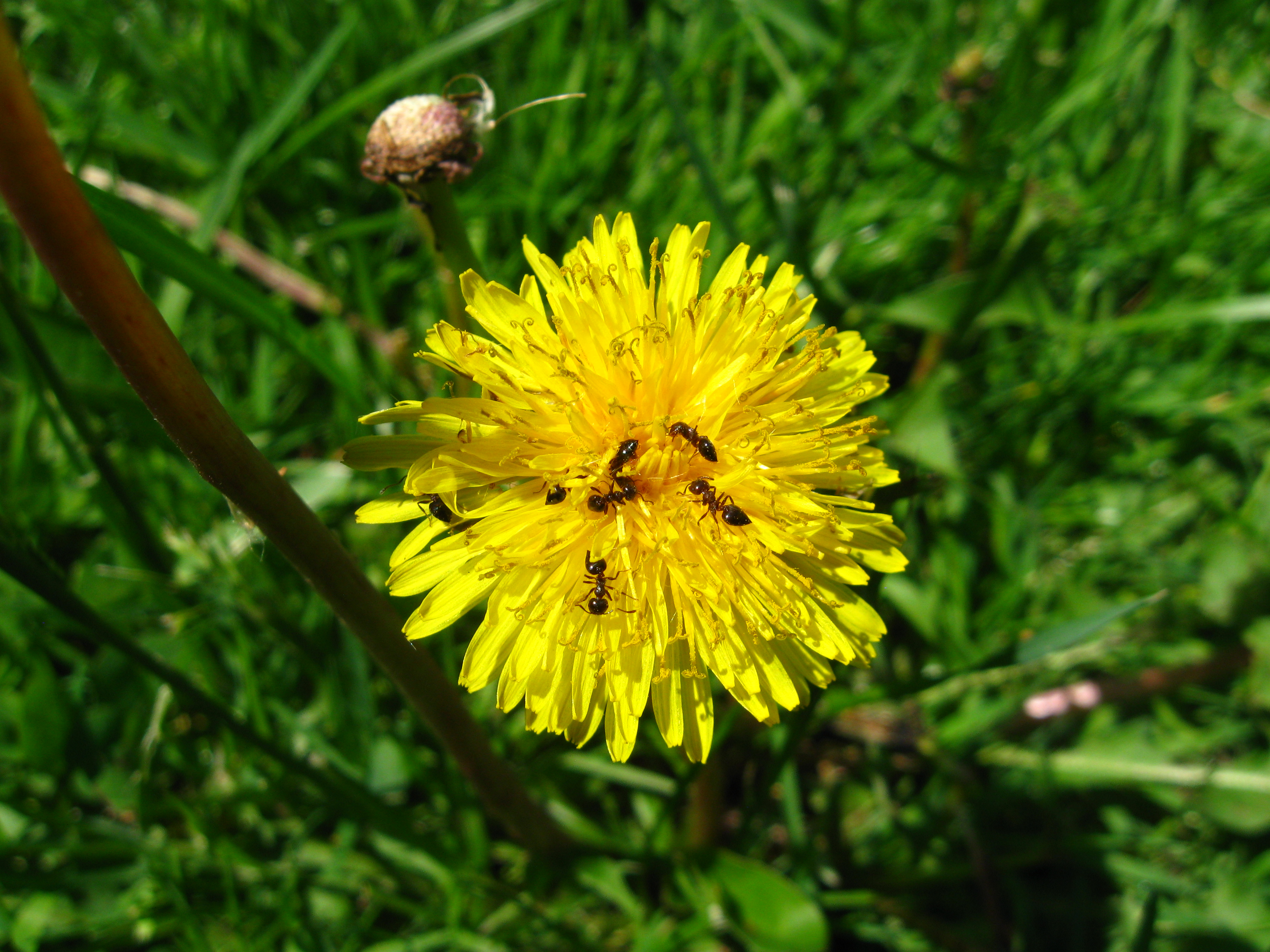 |
| wikipedia |
Ants. From the Hymenoptera order, like wasps. Live in colonies, with a queen, so they're a social insect. They can communicate to solve complex problems. I only ever saw very tiny ants at UBNA and wasn't able to identify a specific species.
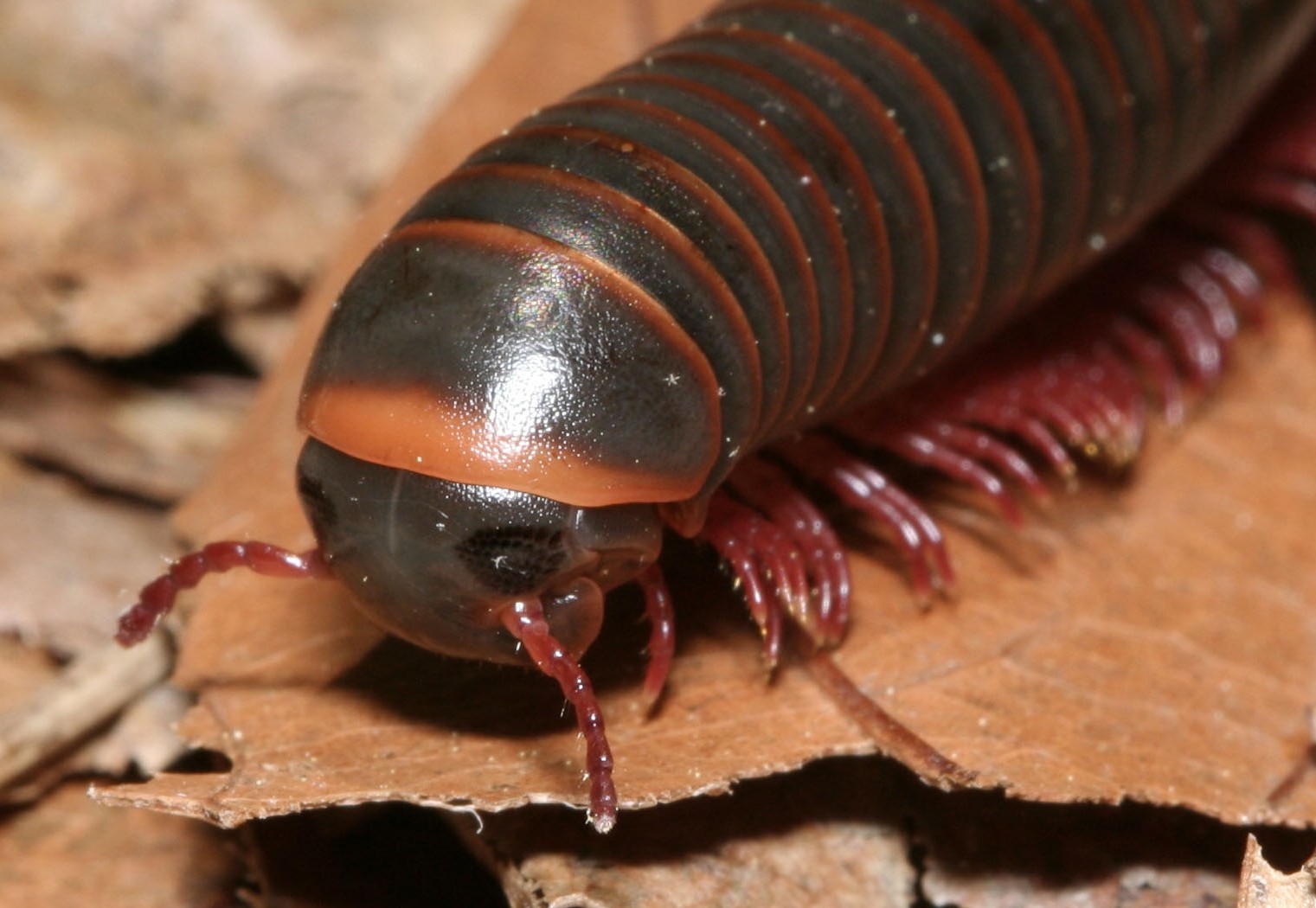 |
| wikipedia |
Millipedes. From the Chilopoda class. Saw a couple of millipedes under a log. They're decomposers. What makes a millipede unique is that they have two pairs of legs per body segment. Although the have many legs, no species is known to have 1000.
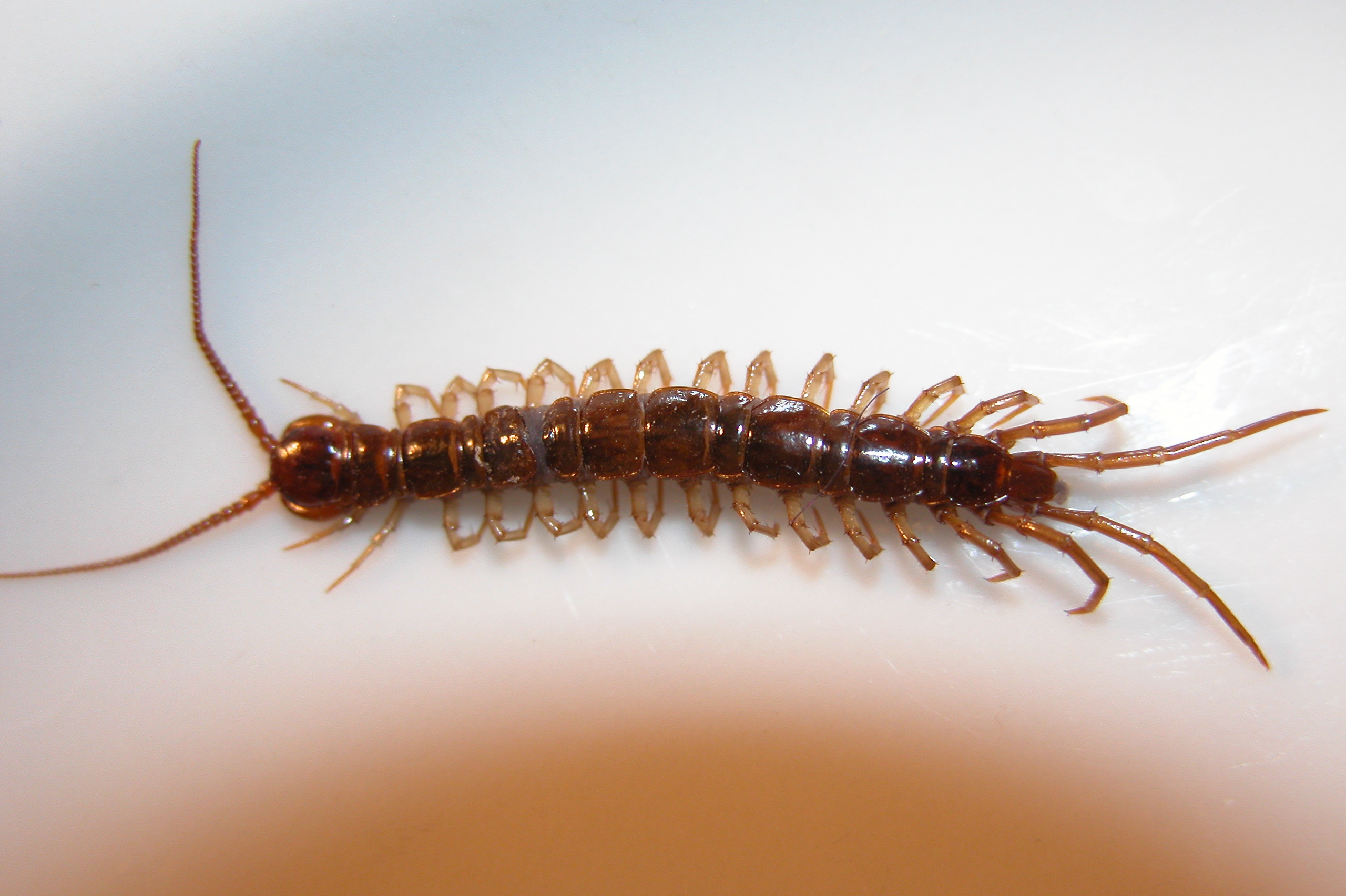 |
| wikipedia |
Centipedes. From the Chilopoda class. Unlike millipedes, centipedes have only one pair of legs per body segment and are predators. Many species on centipedes have an odd number of body segments as well. Kind of creepy looking...
 |
| wikipedia |
Earthworms. Known for its tube shaped body. Worms are decomposers and like to live in damp soils with organic matter. Oddly enough, every individual contains both the male and female sex organs. Many claim that you can tear a worm in half and it will continue to live.
Birds:
 |
| wikipedia |
American Robin, Turdus migratorius. From the thrush bird family and one of the most common birds in the US. The robin is easily identifiable by the reddish-orange breast. Robins eat a lot of invertebrates and berries.
Song: "cheerly, cheerup, cheerly, cheerup."
 Mallard, Anus platyrhynchos. A member of the anatidae family. One of the most common birds in UBNA. The males have emerald green heads and females are two shades of brown with a blue feather on the end of their wings.
Mallard, Anus platyrhynchos. A member of the anatidae family. One of the most common birds in UBNA. The males have emerald green heads and females are two shades of brown with a blue feather on the end of their wings.
Gadwall, Anus strepera. A member of the anatidae family. The males resembles the female mallard except their feathers are tan and grey. One easy difference to notice is gadwalls have dark colored beaks whereas mallards have yellow beaks. Also the females don't have a blue feather at the tip of their wings.

Great Blue Heron, Ardea herodias. This was one of the first and most magnificent birds I saw at UBNA. They're rather rare though and are normally spotted along the lake shoreline. It tucks its long neck during flight.
 |
| wikpedia |
House Finch, Haemorhous mexicanus. One of many in the rose-finch group. The males have a splash of red on their chest and head. The females resemble song sparrows, they are brown with streaks. They have a very complex song and will sing over one another.
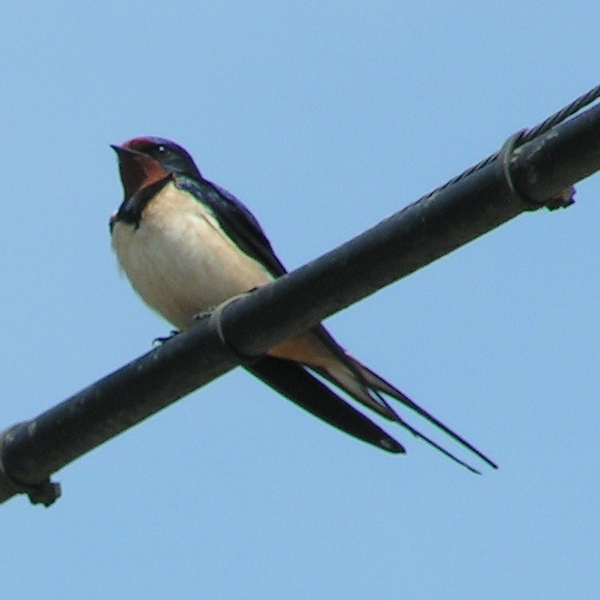 |
| wikipedia |
Barn Swallow, Hirundo rustica. The most widespread species of swallow. An excellent flyer, they can be seen in UBNA flying along the grass line or doing loops in the air. Distinctive by their white chest and dark blue back. Feeds on flying insects.
 |
| wikipedia |
Bald Eagle, Haliaeetus luecocephalus. A very iconic bird. Symbol of America. I didn't see an eagle until my late day in UBNA, maybe it was meant to be. They're rather large birds. It makes sense they'd want to nest somewhere quieter like UBNA.

Red-winged Blackbird, Agelaius phoeniceus. Very common site in UBNA, normally seen closer to water. The males are black with red and yellow shoulders. The females look like large song sparrows, brown with streaks. The males are very territorial while the females go between territories to mate.
Song: Crr ca zcheeeeee
| wikipedia |
Song Sparrow, Melospiza melodia. Song Sparrow's have a very complex and pretty song. They are such great singers, they can imitate other birds. Very abundant and adaptable. They are brown and streaky but have a darker patch of brown on their chests.
Song: highly variable, buzz at the end, then a quick stop.
 |
| wikipedia |
Savannah Sparrow, Passerculus sandwichensis. Very similar to the song sparrow but with less vocal ability. Savannah's have several yellow feathers around their eyes.
Song: soft spoken and whistley.
 |
| wikipedia |
Anna's Hummingbird, Calypte anna. The males boast vibrant hot pink heads and a green bodies. The females just have green bodies. Anna's can be seen feeding on flowers in UBNA or resting on a tree branch.
 |
| wikipedia |
Common Yellowthroat, Geothlypis trichas. Needless to say, a yellow bird. The females are all yellow, while the males have a black mask of feather around their eyes with a white stripe. Catch insects mid-air.
Song: witchty witchty witchty!
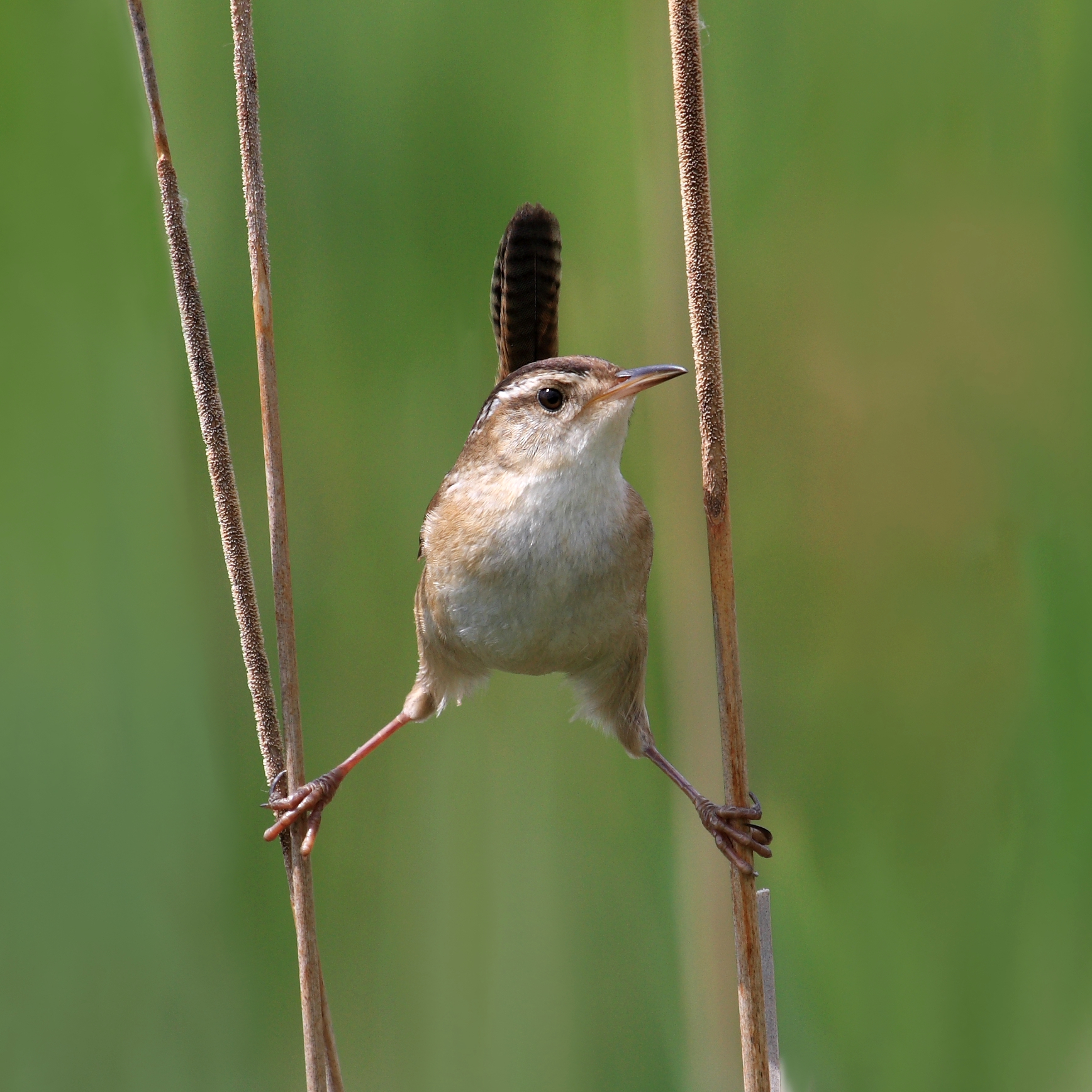 |
| wikipedia |
Marsh Wren, Cistothorus palustris. Light tan with a dark tail. Very territorial. Their songs are like a loud gargle, which is very complex so it can assert its ownership over a territory.
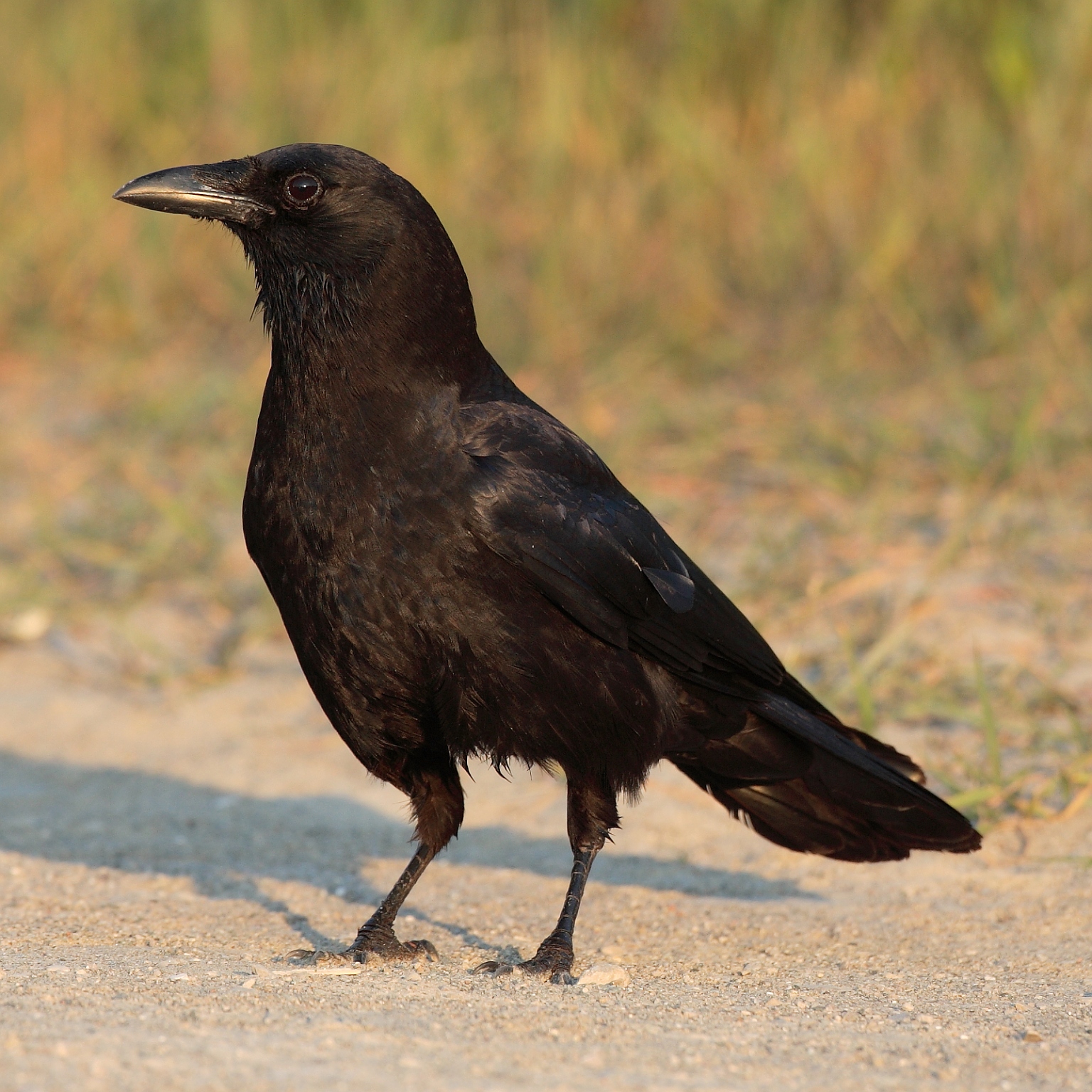 |
| wikipedia |
Common Crow, Corvus brachyrhynchos. Crows are on almost every block of Seattle. Though UBNA is great for many species, crows find a way to make it great for themselves. With their familiar "caws" they challenge and chase the other birds in UBNA. They're apparently very smart though and can memorize faces. Cool looking as well.
 |
| wikipedia |
American Coot, Fulica americana. A black aquatic bird with red eyes and a white bill. It's not the best swimmer because its feet are not very webbed. Sort of bobs its head when it swims.

Canadian Goose, Branta canadensis. Who could forget the "honking!" Canadian Goose. A classic migrating bird. Fairly large with webbed feet, a grayish body and a long black neck and black and white head.
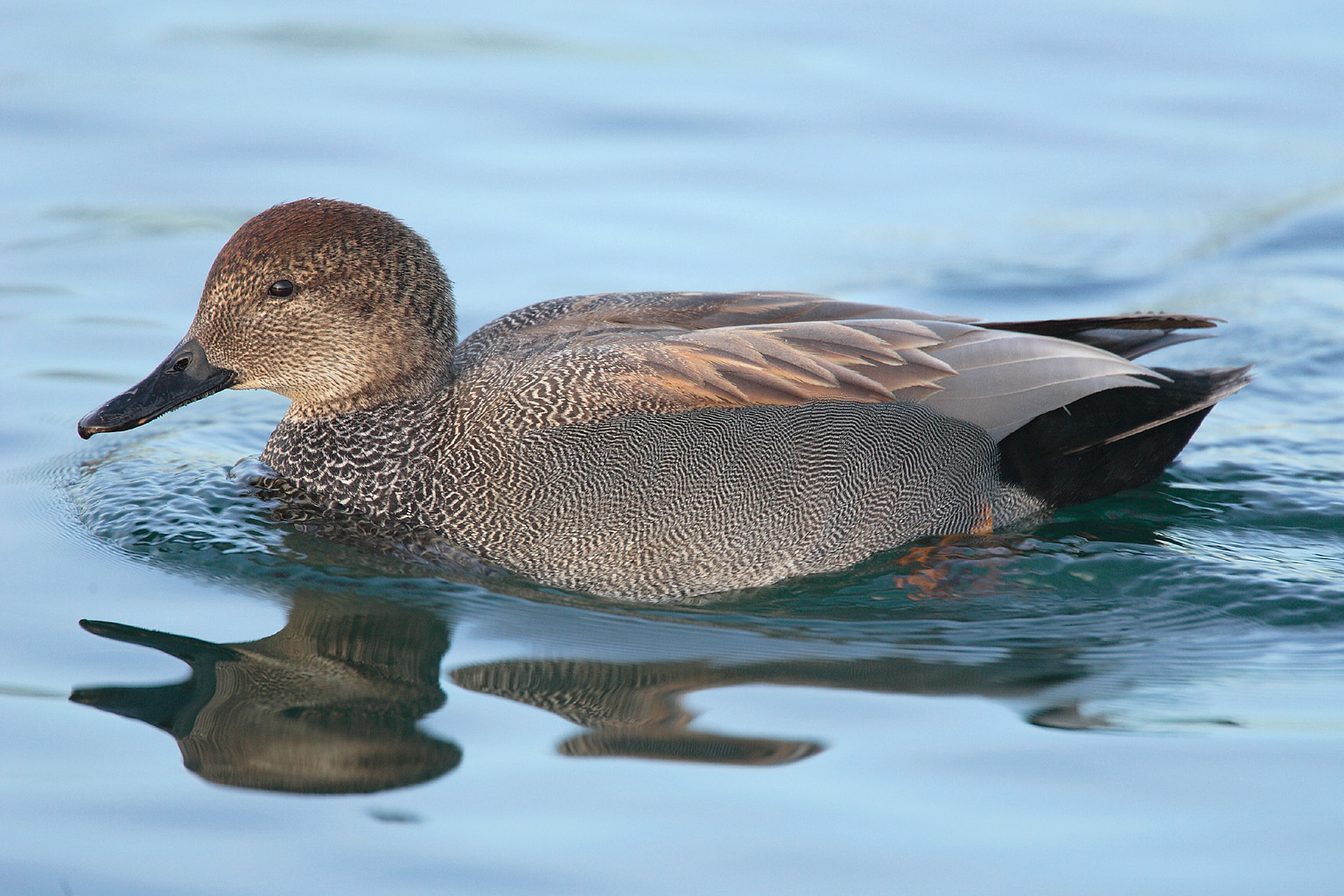
No comments:
Post a Comment